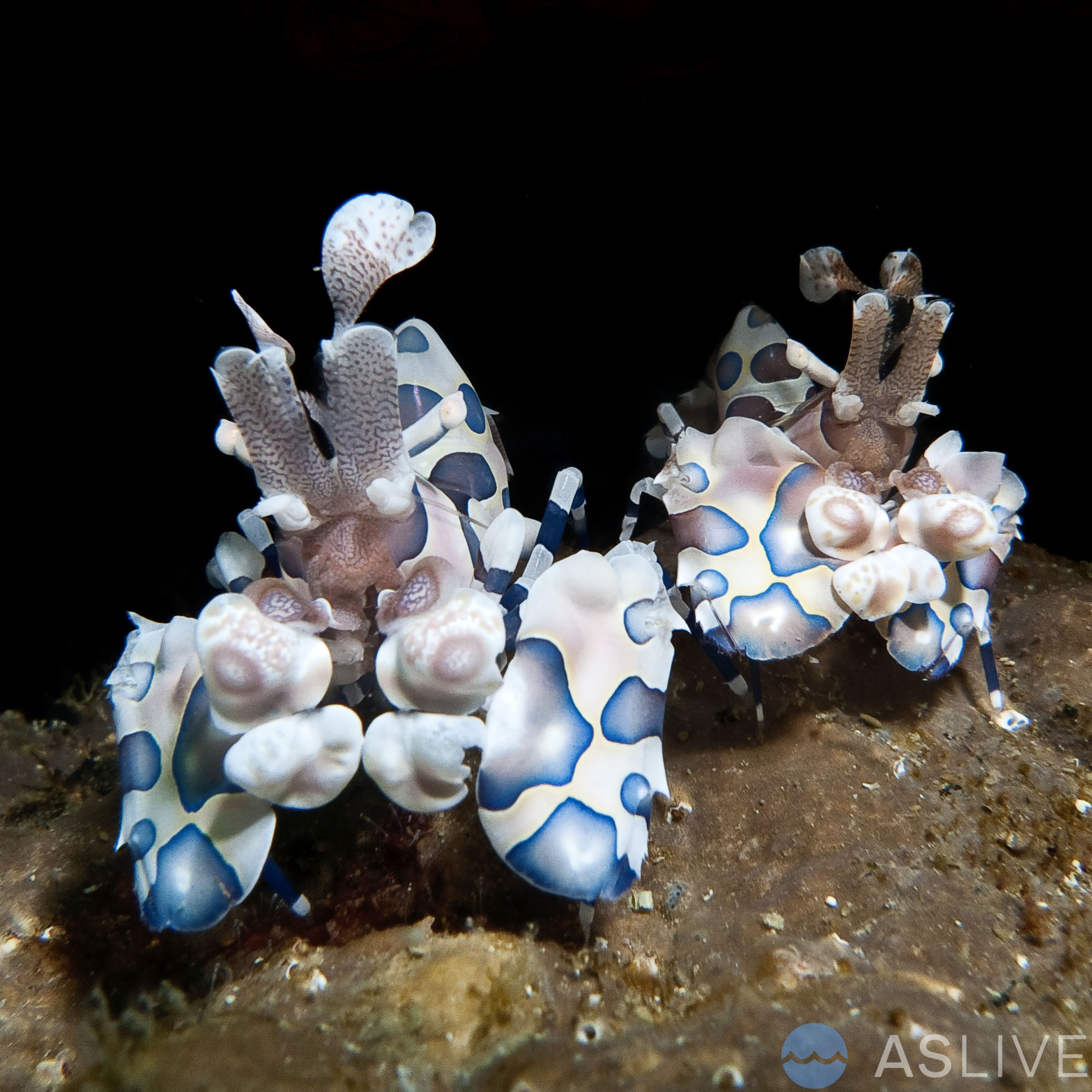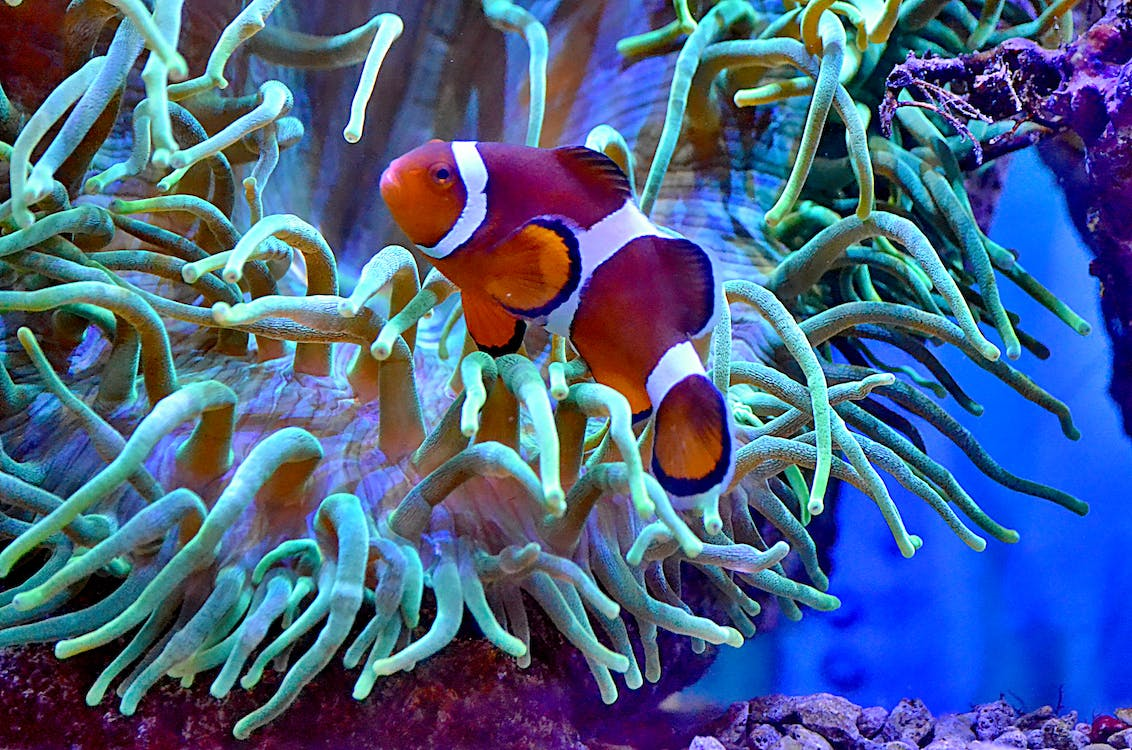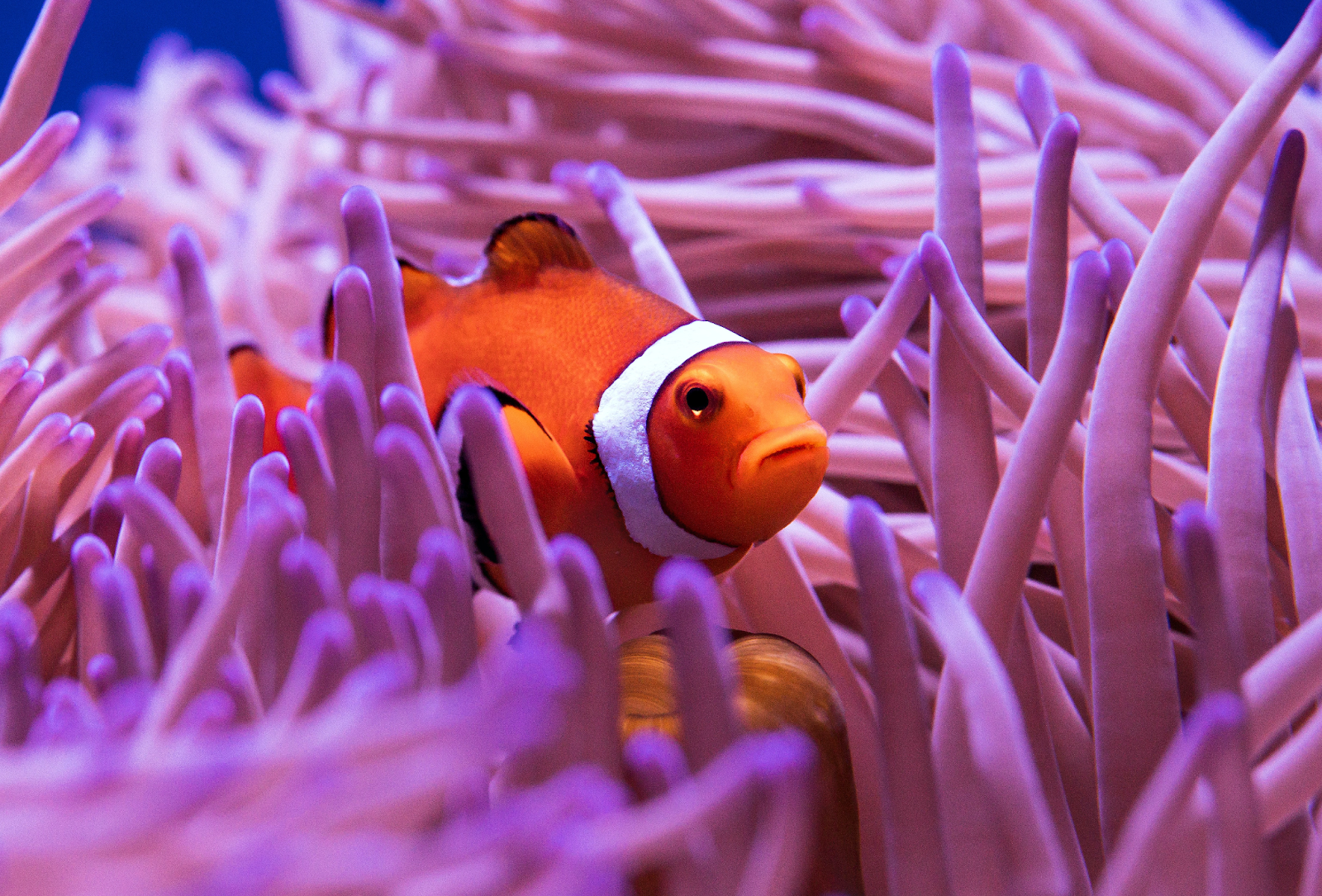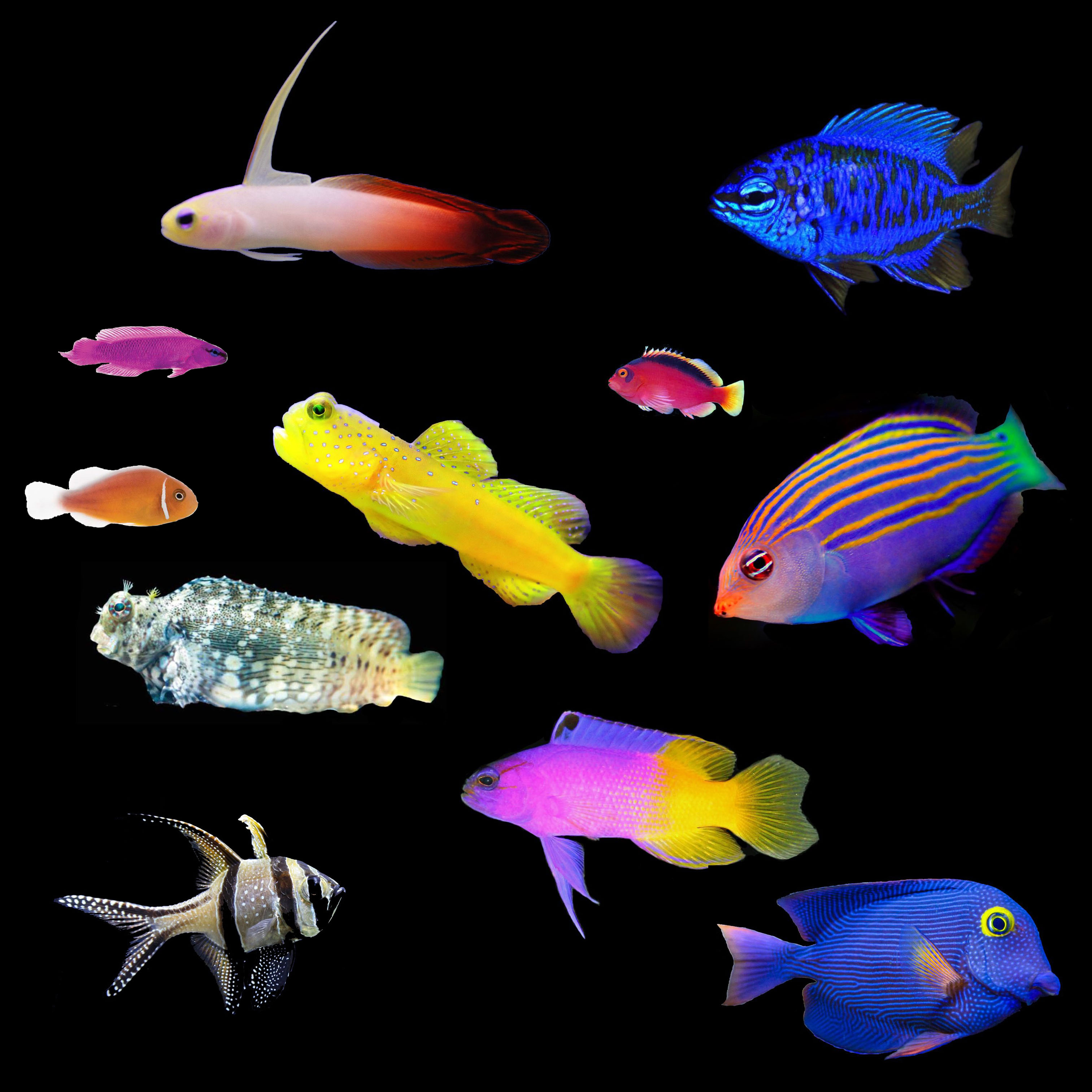We use cookies to make your experience better. To comply with the new e-Privacy directive, we need to ask for your consent to set the cookies. Learn more.
Harlequin Shrimp (Hymenocera picta): A Marvel of Marine Biodiversity

Physical Characteristics
Harlequin Shrimp are easily recognizable by their striking appearance. Their bodies are adorned with intricate patterns of bright colors, including shades of white, blue, and orange. These shrimp typically grow to about 5 cm (2 inches) in length. Their flamboyant coloration serves as both a warning to predators and a means of camouflage among the corals and anemones they inhabit.
Habitat and Distribution
Harlequin Shrimp are native to the warm, tropical waters of the Indo-Pacific region. They are commonly found in coral reefs, where they prefer to live in pairs within the crevices of rocks and coral formations. These shrimp have a relatively narrow habitat range, which makes them particularly vulnerable to changes in their environment.
Diet and Feeding Habits
One of the most fascinating aspects of the Harlequin Shrimp is its diet. Unlike many other shrimp species, Harlequin Shrimp are obligate feeders on starfish. They exhibit a highly specialized feeding behavior, often hunting and consuming starfish that are much larger than themselves. The shrimp use their strong pincers to flip the starfish over, rendering it immobile, and then proceed to eat the soft tissues, often keeping the starfish alive for several days to feed on gradually.
Reproduction and Lifespan
Harlequin Shrimp are monogamous and often found in pairs. During mating, the female releases pheromones to attract the male. After fertilization, the female carries the eggs until they hatch into planktonic larvae, which eventually settle to the substrate and develop into juvenile shrimp. The lifespan of Harlequin Shrimp in the wild is not well-documented, but in captivity, they can live for up to seven years under optimal conditions.
Role in the Ecosystem
Harlequin Shrimp play a unique role in their ecosystem due to their specialized diet. By preying on starfish, they help to regulate starfish populations, which can otherwise become overabundant and harm coral reefs. This predatory behavior indirectly supports coral health and biodiversity, highlighting the importance of Harlequin Shrimp in maintaining the balance of marine ecosystems.
Benefits in Aquariums
In addition to their ecological role, Harlequin Shrimp can be beneficial in home aquariums. Their predation on starfish can help control the population of pest starfish, such as the Asterina starfish, which can overrun reef tanks and damage corals. By keeping these populations in check, Harlequin Shrimp contribute to the overall health and stability of the aquarium ecosystem. However, it's essential to ensure a steady supply of starfish to meet their dietary needs.
Conservation Status
Currently, Harlequin Shrimp are not listed as endangered, but they face several threats that could impact their populations. Habitat destruction due to coral reef degradation, climate change, and the aquarium trade are significant concerns. Conservation efforts focus on protecting coral reef habitats and regulating the collection of these shrimp for aquariums to ensure their populations remain stable.
Aquarium Care
For those interested in keeping Harlequin Shrimp in home aquariums, it is essential to replicate their natural habitat as closely as possible. This includes providing a well-established reef tank with plenty of hiding places and a stable supply of starfish for food. Maintaining water quality and temperature is crucial for their health and longevity. When kept under proper conditions, Harlequin Shrimp can thrive and even reproduce in captivity, making them a fascinating addition to reef tanks.
Conclusion
The Harlequin Shrimp (Hymenocera picta) is a remarkable species that captivates with its beauty and specialized ecological role. Understanding and protecting this shrimp is vital for preserving the intricate balance of coral reef ecosystems. By promoting conservation efforts and responsible aquarium practices, we can help ensure that future generations continue to marvel at the wonders of the Harlequin Shrimp.
























